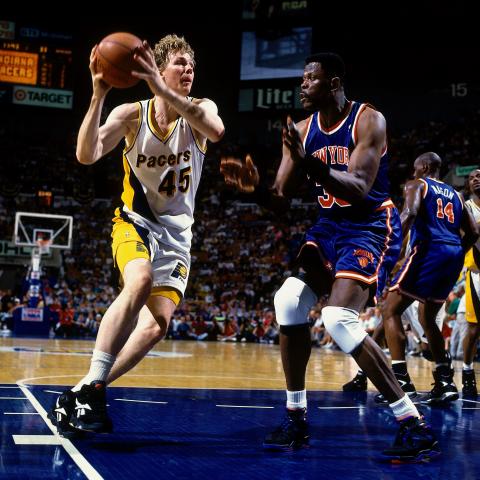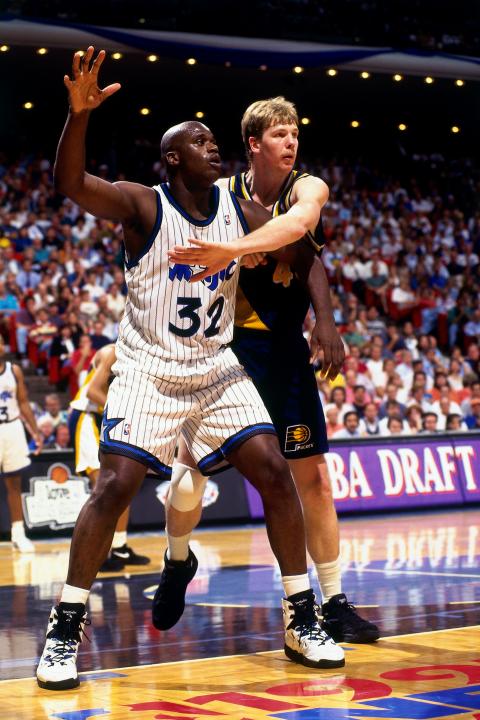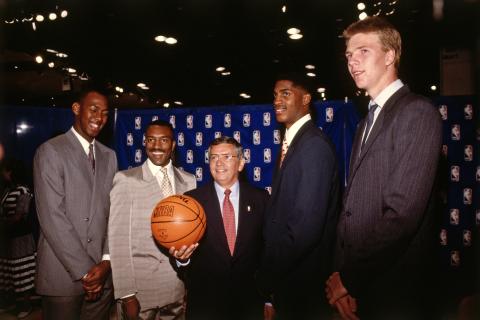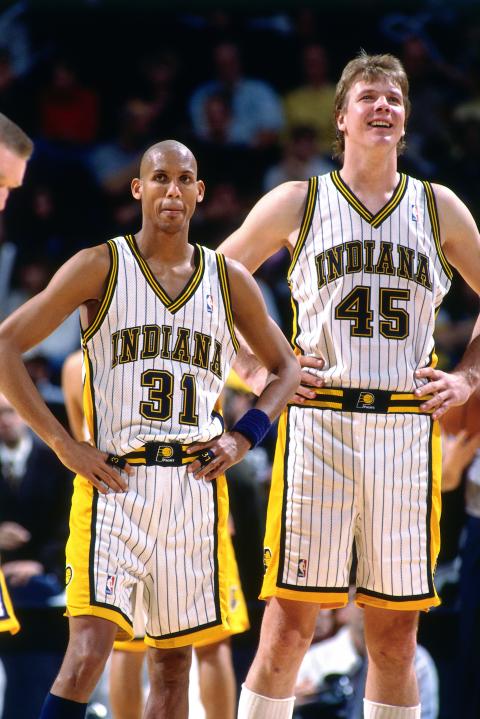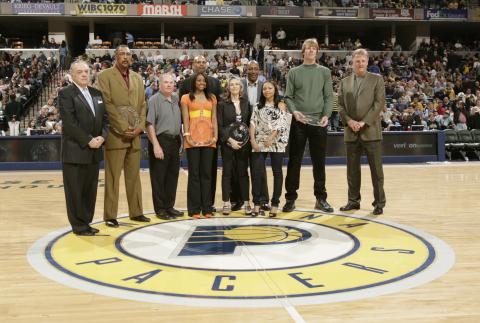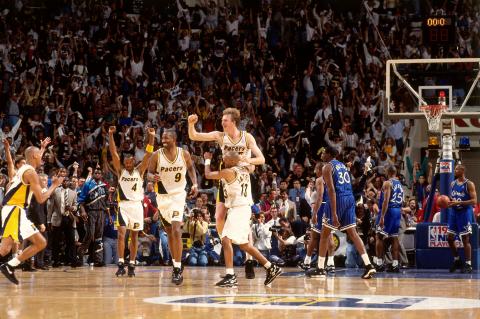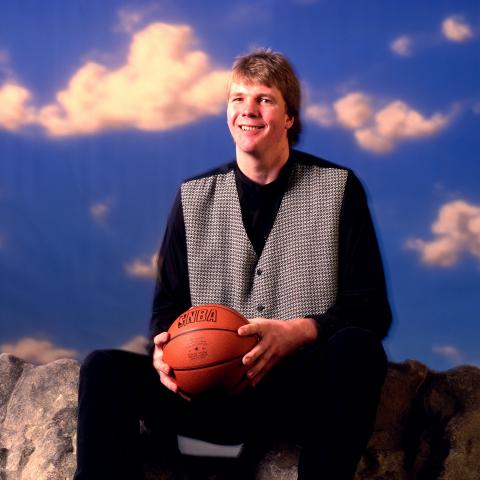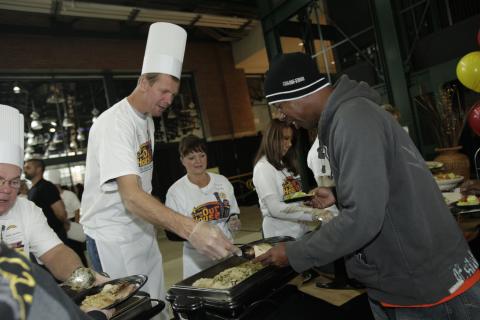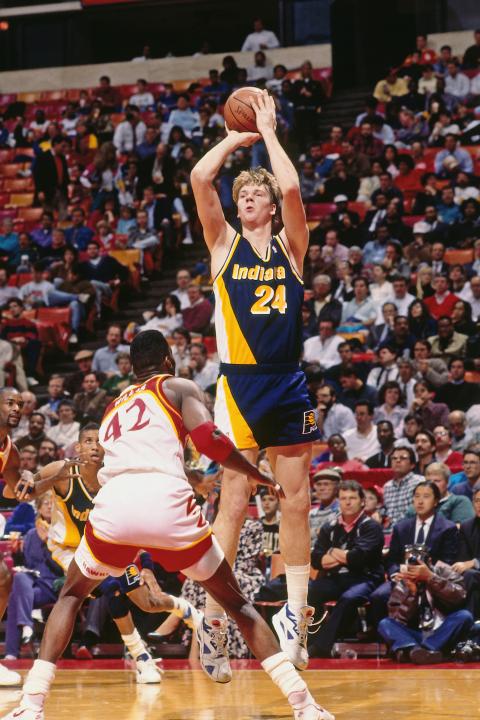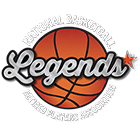Growing up in the Netherlands, Rik Smits didn’t know anything about basketball.
As a child, he focused on soccer, rugby and judo. He wasn’t introduced to basketball until he was 14 years old, when his mother, Margje, joined a club team. One of the organizers spotted the tall teenager and asked if he wanted to join their new youth squad.
“Back then, basketball was so unknown in the Netherlands that it wasn’t like my height was automatically being related to [basketball] like it is here,” Smits told Legends Magazine. “It wasn’t like, ‘Hey, you must be playing basketball!’ I had no idea about basketball until my mother started playing. Pretty quickly, I found that my height was being put to good use, which was [new]. Up to that time, my height had been kind of a disadvantage in some of the sports I did. It felt good to be able to use my height for something positive for the first time, and I stuck with it.”
Prior to playing basketball, the 7-foot-4 Smits hated that he was taller than everyone else.
“I was laughed at in the streets. I was pointed at,” Smits recalled. “I was a shy kid, and I didn't even want to go out in town because of all the stares and laughter. I was really insecure.”
However, the moment he arrived in the United States as a teenager, everything changed.
